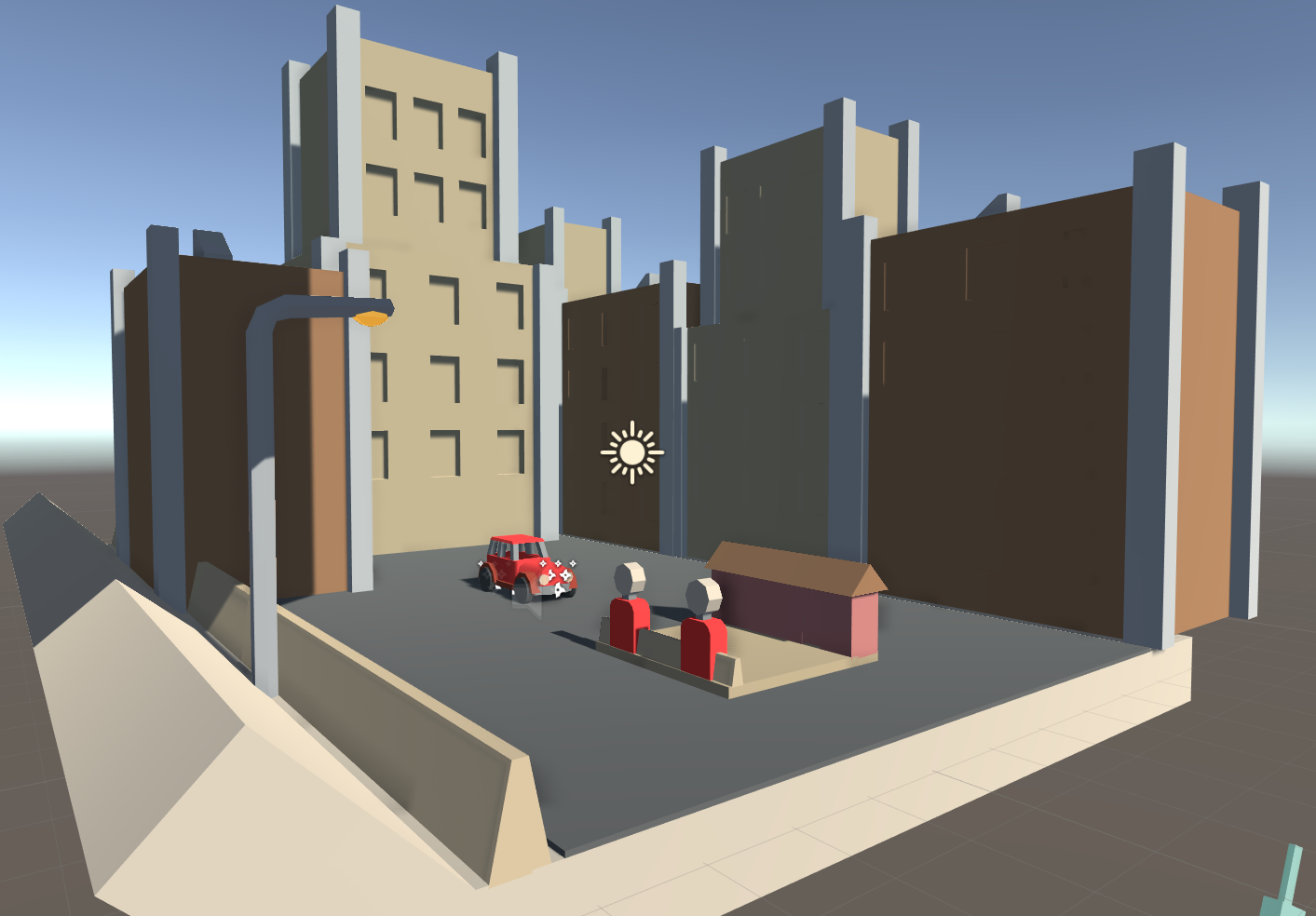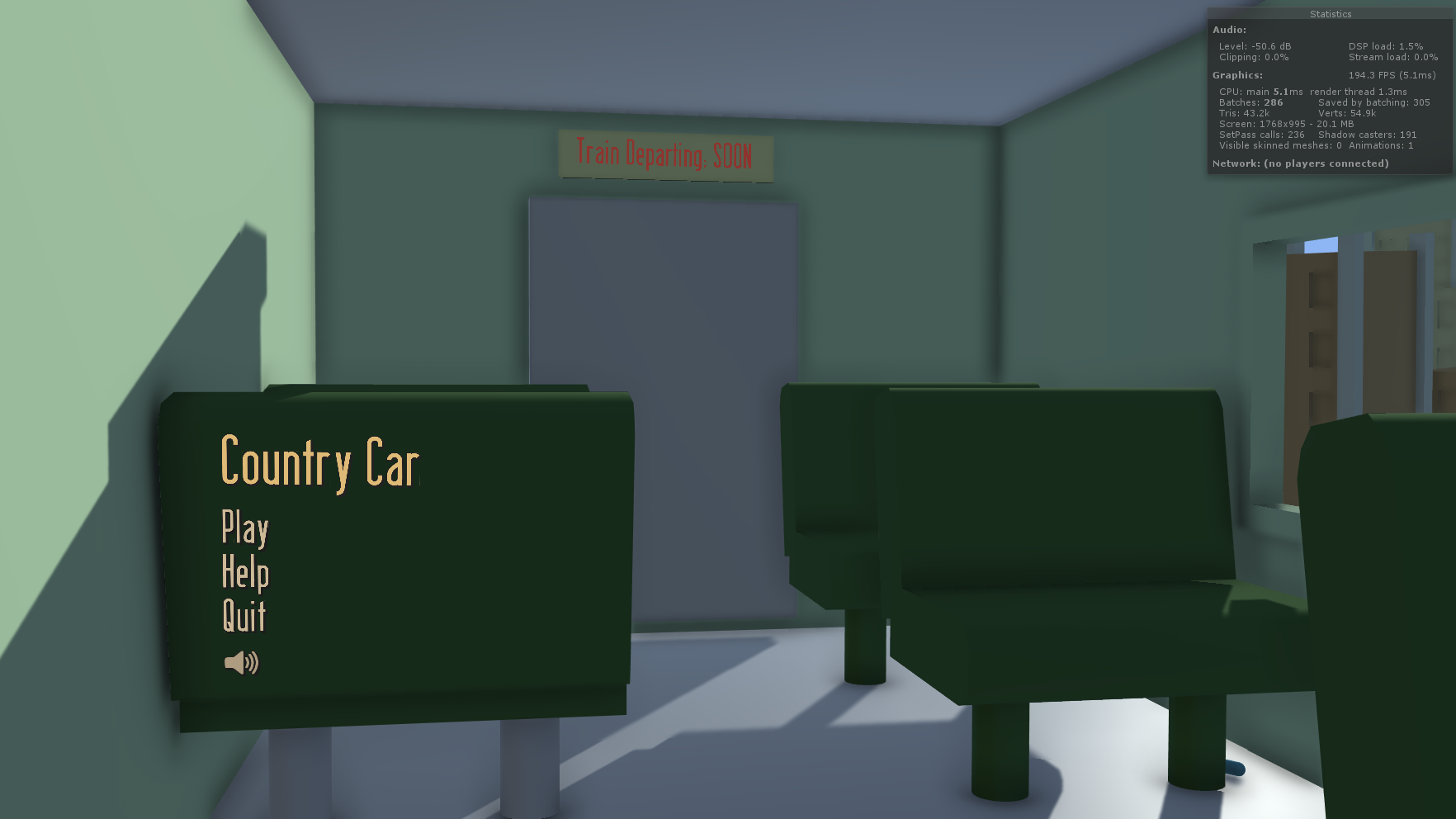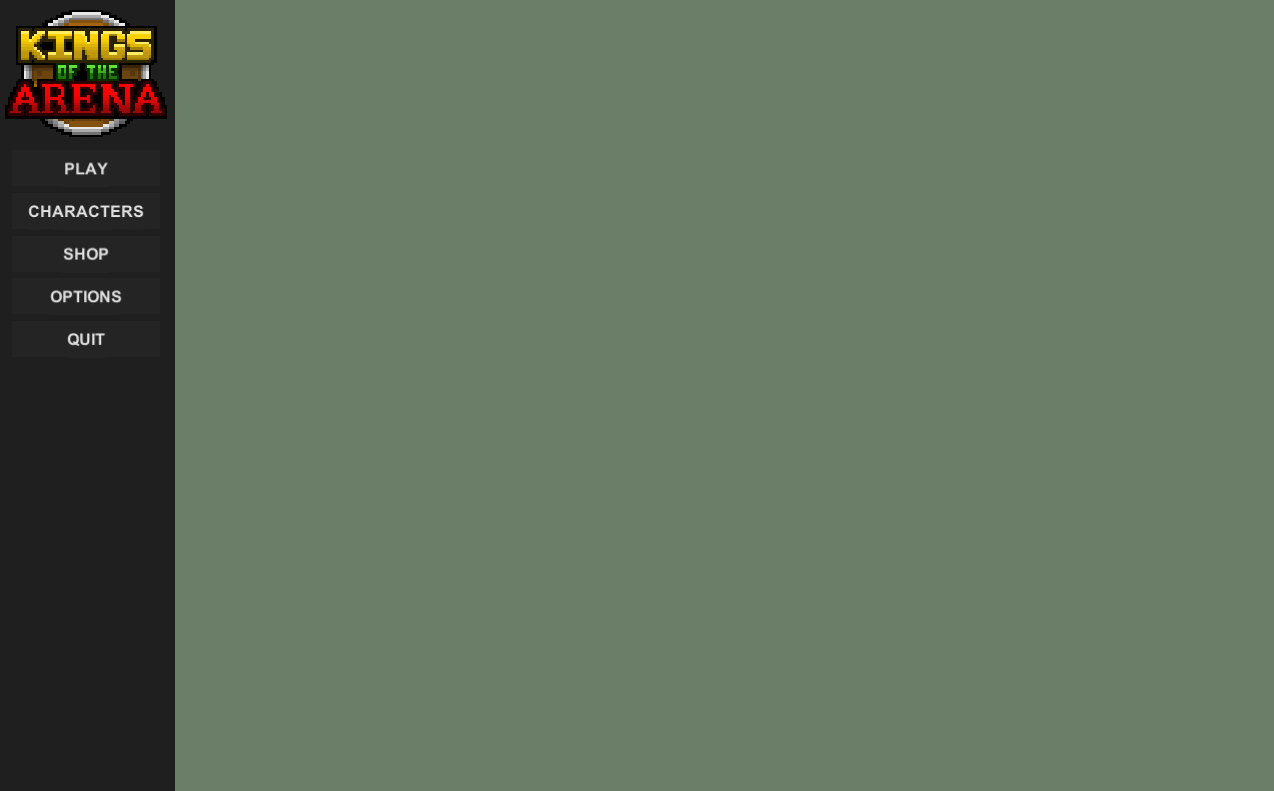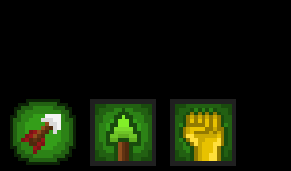The model to the left is of a human (by best attempt) and is used later on in the game for when the player gets closer to the house.
This model took me the longest out of all the others. Why? Because it was my first time ever creating a humanoid. Before I made trees, a car, logs, etc. For some reason creating humanoid anything really, is something I struggle with.
Even with making pixel art, the hardest thing to do is creating the characters. I believe that when making these things, it is hard because we want them to look perfect.
They are the avatars that we focus on the most when playing games, so if they are off, people will notice.
The process started with a simple cylinder. Then I divided the base of it into 2 and extruded out the faces to make the legs. Edge loops were inserted around the torso and legs so that the body could form.
The feet were done by selecting the front few faces and extruding them outwards. Quite a bit of tweaking vertexes was done so that the foot shape came out.
The arms were the hardest part. Like the legs, they were extruded from the top of the cylinder and initially put into a t-pose. Since I wasn't going to animate the model, a t-pose was a bad idea, so after a while of moving individual edges, faces and vertexes downwards the general size of the arms were complete. From there, adding edge loops and moving vertexes around was done to give the arms a similar look to real ones.
A problem I did run across though was somewhere in the extruding process. It seems some of the faces were missing or are backwards. I'm not an expert on the subject so I can't track down the exact reason why it happened.
Once the model was complete, it was added into Unity and the material was applied. For it to look at the car though when it goes past, that was the easy part.
transform.LookAt(target.transform);
transform.eulerAngles = new Vector3(0, transform.eulerAngles.y + 90, 0);
We make the model use the LookAt function to look at the target, but that also rotates on the x and z axis. We don't want that. So we set the x and z angles to 0, while adding a 90 degree offset to the y axis. This is only because the forward direction on the model was not the direction the human was facing.









































































